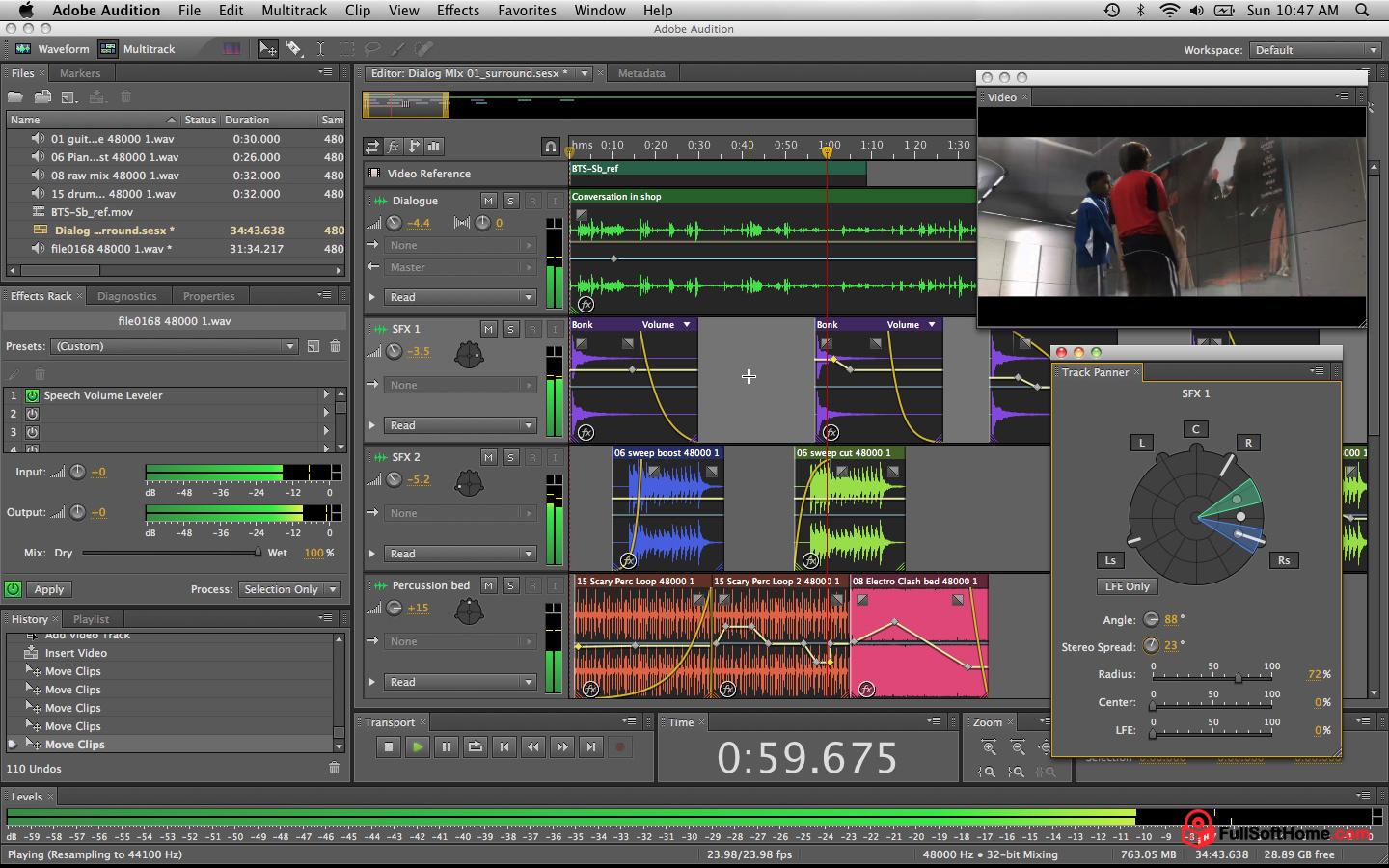
Aac Files In Adobe Audition
Cool edit / adobe audition file filters. These filters extend the functionality of Cool Edit or Adobe Audition. Bhulekh aps software download full. By providing support for opening and saving additional file formats. To use any of these filters, simply download and extract the files. To the main Cool Edit or Adobe Audition program folder.
Attention, Internet Explorer User Announcement: Jive has discontinued support for Internet Explorer 7 and below. In order to provide the best platform for continued innovation, Jive no longer supports Internet Explorer 7. Jive will not function with this version of Internet Explorer. Please consider upgrading to a more recent version of Internet Explorer, or trying another browser such as Firefox, Safari, or Google Chrome.
(Please remember to honor your company's IT policies before installing new software!) • • • •.
MP3 is now a distribution standard. ITunes has sold over a billion compressed audio tracks in AAC format. DVDs, Blu-ray Discs and digital TV all use audio compression. Dvizhenie objektov v pascal abc. Besides these, many other compression formats are available to the video producer.
Some use lossy compression like MP3 and others are “lossless.” The trick is determining which are useful or even practical. This month, we’ll compare the major players and see how they fit in the production process. Lossy Formats The January 2008 issue of Videomaker has an on lossy audio compression.
Here’s the thumbnail version: Lossy compression discards audio data based on a model of human hearing. Using some fancy math, the encoders can dramatically reduce the size of the file with a minimum of audible impact. What follows is a brief outline of popular lossy formats.
What we call MP3 is actually short for MPEG-1, Audio Layer 3 encoding. It is one of three audio compression methods designed for MPEG-1 video streams. Conveniently, the system also works without video and became popular for distributing and playing CD audio tracks in the late 1990s. The quality of MP3-encoded audio has been the subject of great debate over the years. Early encoders produced poor-quality files, but modern encoders can sound quite good.
The Fraunhofer encoder is the de facto standard included in mainstream audio applications like and Apple’s iTunes. Many people currently regard the LAME open-source encoder as the highest-quality MP3 encoder, but the title isn’t permanent. There is also an MP3 variant called MP3Pro, but so far it hasn’t gained mainstream acceptance. MP2 is a lossy compression method originally designed for digital broadcasting.
As a sort of predecessor to MP3, it requires slightly higher bitrates for encoding, but it is quite reliable as a streaming format. In fact, much of the music you hear on analog radio is encoded with MP2. Remote production and satellite feeds often use the MP2 format.
Good luck finding a portable player that reads MP2 files. We can’t forget the MPEG-4 format and AAC, Advanced Audio Coding. AAC is the format of choice for Apple’s iTunes store and the venerable iPod. Playstation 3 and Wii game consoles, along with some digital radio services, also use AAC.
On paper, AAC is dramatically better than MP3, with greater flexibility and careful attention paid to various encoding options. In the real world, consumers seem more interested in compatibility and, given similar sound quality, prefer an audio format that works on their existing devices.